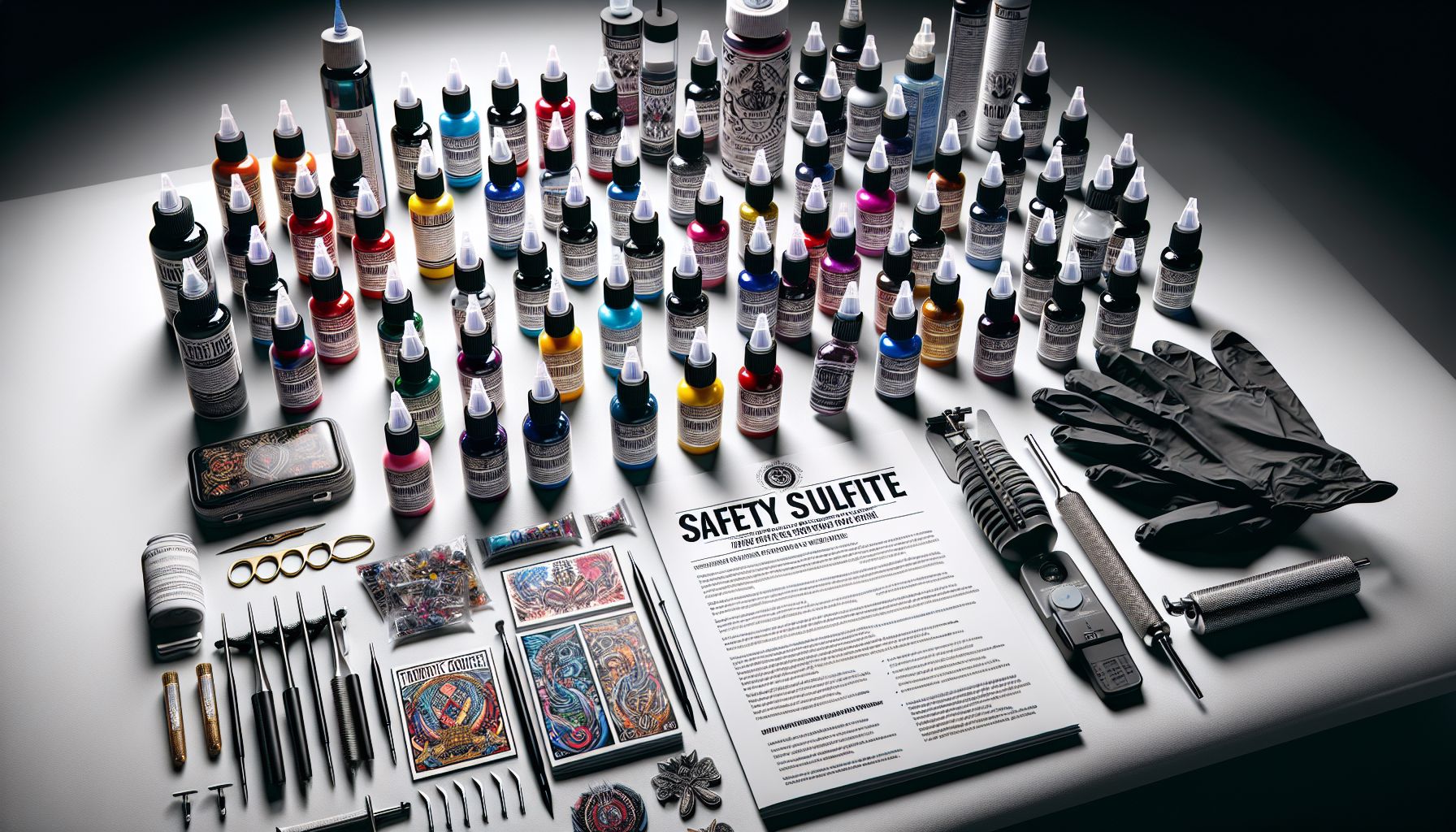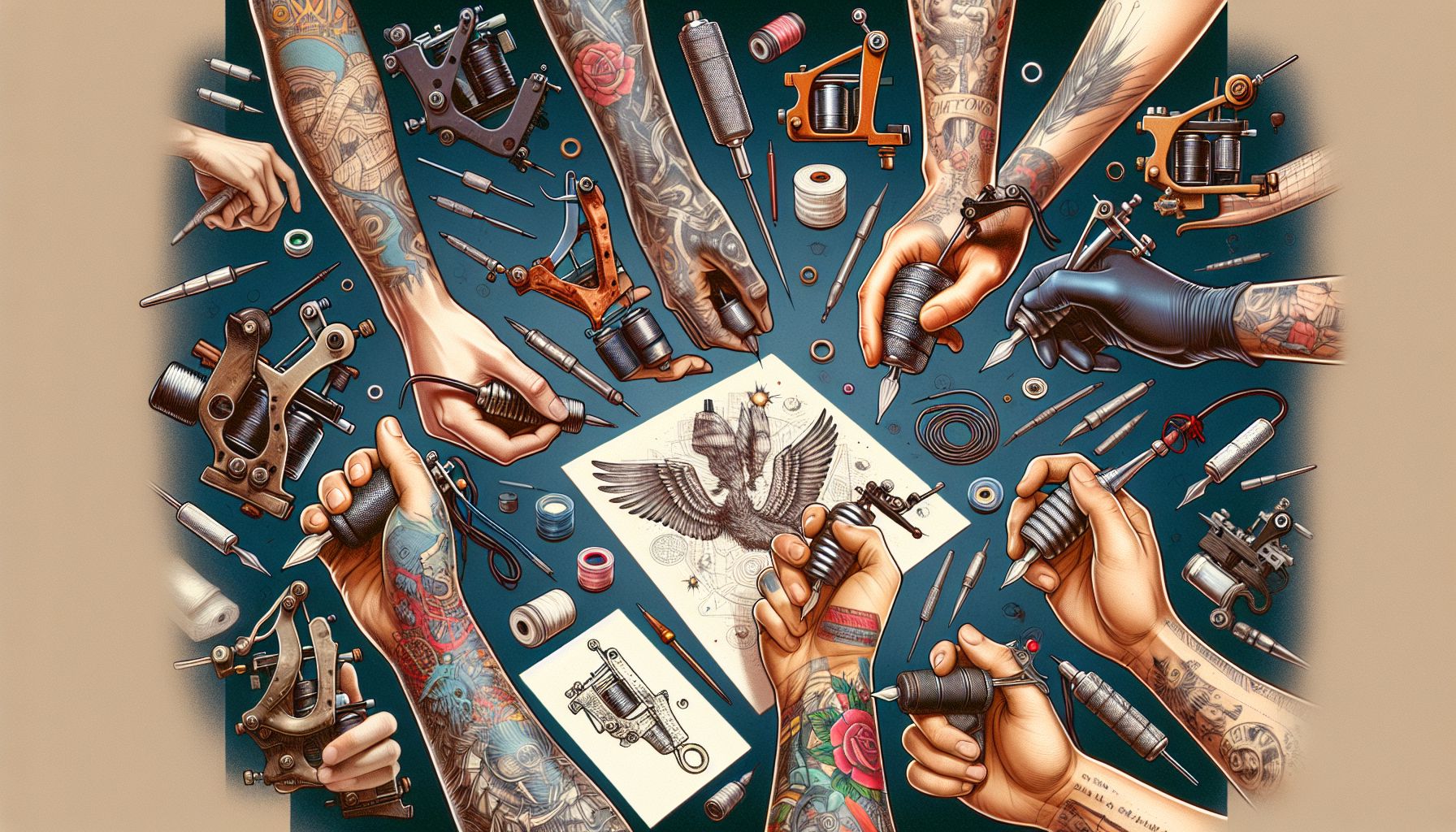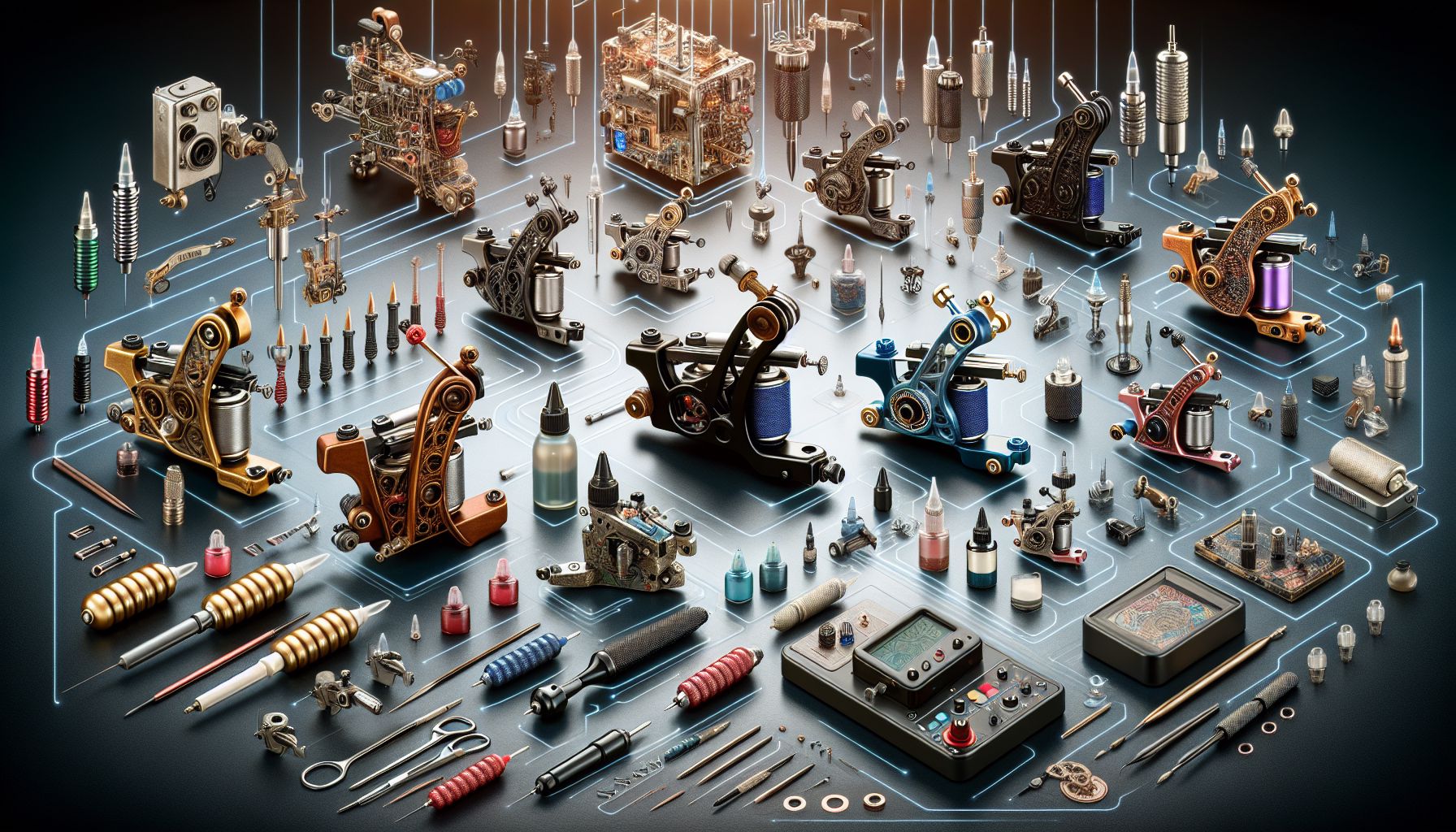Tattoo needles are an indispensable staple in every tattoo artist’s toolkit. As an integral part of the tattooing process, these seemingly simple implements carry a complexity that is often overlooked. Having inked skin for years and now as an online seller of tattoo supplies, I’ve seen firsthand how the quality, variety, and usage of needles have evolved, shaping the industry and the artwork it produces.
Every tattoo artist knows that mastering the craft isn’t just about having a steady hand and a creative mind; it’s also about understanding the tools that bring your art to life. Tattoo needles come in a myriad of configurations, each designed for a specific purpose, whether it be lining, shading, or coloring. The choices you make in needles can affect not only your art but also your client’s experience and the healing process.
Understanding the Basics: The Anatomy of Tattoo Needles
Before we delve into types and uses, let’s break down what a tattoo needle actually is. A tattoo needle is not a single needle, but rather a group of several small needles called “sharps,” which are soldered together at the bar of the needle. These sharps can be arranged in various formations, affecting the needle’s purpose and the outcome on skin.
The Evolution of the Needle
Years ago, needles were often made and configured by hand – a time-consuming practice that only added to the artisanal feel of the tattooing process. With advances in technology and a greater understanding of safety and efficiency, pre-made, sterile needle configurations have become the industry standard, allowing artists to deliver consistent results with every client.
Types of Tattoo Needles
There are several types of tattoo needles, and each serves a unique role in the creation of tattoo art:
- Round liners (RL): These needles are tightly grouped in a circular formation and are most commonly used for creating crisp outlines and fine details.
- Round shaders (RS): Similar to round liners but less tightly grouped, these needles are adept at shading and more nuanced line work.
- Flat shaders (FS): Flattened into a line, these needles are perfect for shading in tighter areas and can also be used for geometric work and lines with a more calligraphic quality.
- Magnum shaders (M1, M2, RM, etc.): These shader needles are arranged in two rows (or more) and are the go-to choice for coloring large areas. They’re also excellent for blending and shading, given their capacity to hold and distribute more ink.
- Cartridge needles: More recent developments in the industry have introduced cartridge systems, where needles come in sterile packages and can be easily switched out during a tattoo session for maximum efficiency and hygiene.
Choosing the Right Needles for the Job
The variety in needle types ensures that no matter what your project entails, there’s a needle for the task. However, the selection doesn’t end there. Within each needle grouping, there are options in terms of size (diameter of the sharps) and taper (the length of the needle point). Standard diameters range from #06 (0.20mm) to #12 (0.35mm), and needle tapers can vary from a short taper (1.5mm) to extra-long (7mm), affecting the needle’s penetration into the skin and the smoothness of ink flow.
Personal Anecdotes: Needle Preferences and Practices
Throughout my career in tattooing, I’ve come to appreciate how the right needle can make a design pop and the wrong one can create unnecessary challenges. I remember a particular session where I chose to use a larger magnum shader to fill in an intricate Celtic knotwork piece. The choice proved to be perfect for this application, as it allowed me to shade and color efficiently with a minimum of passes over the skin, reducing irritation and resulting in a more comfortable healing process for my client.
Caring for and Understanding Your Needles
Tattoo needles, like any other tattoo supplies, require understanding and care. Always inspect your needles before use to ensure they are free from defects and are the correct configuration for your work. Moreover, proper disposal is paramount; used needles should be disposed of in sharps containers to maintain a safe and hygienic working environment.
Conclusion
Tattoo needles might seem like a small part of the vast array of tattoo supplies available, but they are powerful in their influence on the craft. From ensuring you’re working with the best quality needles to knowing which needle grouping fits your desired outcome, the choices you make will affect your work in profound ways.
As we witness the continual evolution of tattoo equipment, staying informed about the tools of our trade remains crucial. By understanding and selecting the appropriate tattoo needles, artists and shops can execute tattoos with precision, produce stunningly detailed artwork, and ensure the comfort and safety of their clients—all of which cement the reputation of a quality tattooist.
Whether you’re a veteran artist or a newcomer to the industry, always remember that the beauty of a tattoo lies not only in the design but also in the care and knowledge with which it’s brought to life.



